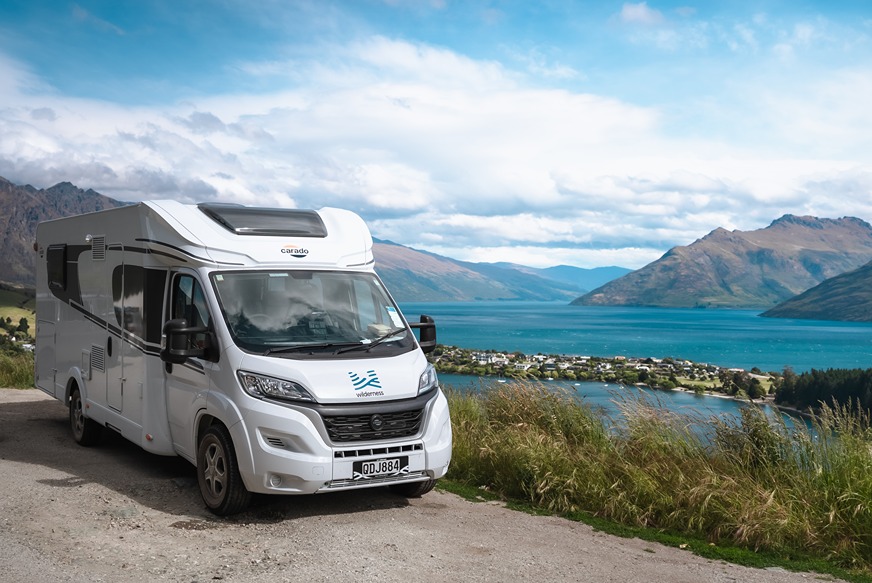
Like other vehicles on the road, motorhomes and campervans are affected by depreciation. It’s often referred to as the hidden cost of ownership.
Depreciation isn’t always accounted for when looking at the initial purchase price of an RV. This can lead to financial surprises down the road, especially if you’re not prepared for the decrease in value.
In this guide, we look at what motorhome depreciation is, how it impacts total cost, what factors affect it, how to calculate it and how to minimise it.
|
Contents |
The initial purchase costs of a motorhome
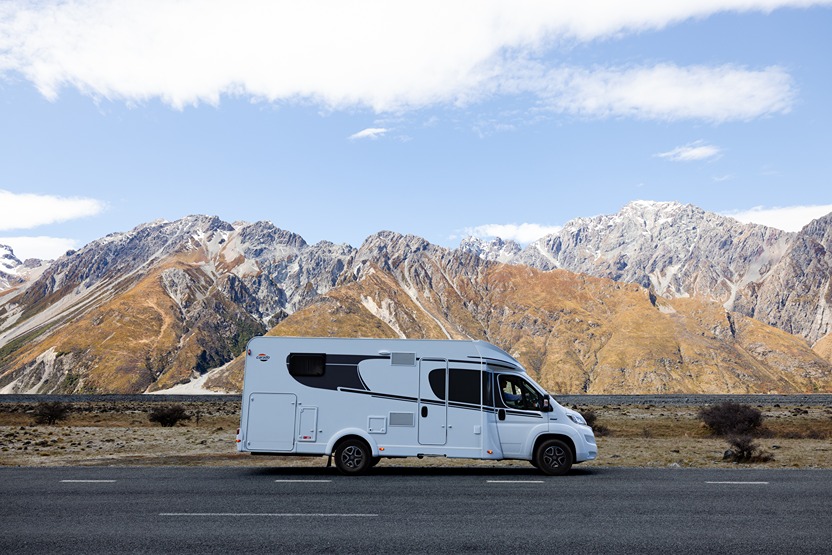
If you’re at the stage of buying a recreational vehicle, it can be easy to get caught up in the excitement and anticipation of adventures to come. It’s important to keep in mind all the associated costs of purchasing a motorhome besides the initial purchase price, such as:
- Motorhome insurance
- Warrant or certificate of fitness (CoF/WoF)
- Vehicle registration
- Road user charges (RUC) — if you’re planning on buying a diesel motorhome
- Fuel — and potentially a diesel exhaust fluid like AdBlue
- Maintenance and repairs — to keep your RV in good condition and address issues when they arise
- Camping fees — for when you’re on tour
- Storage costs — for those times when you’re not using your RV
- Depreciation — the loss of value of a motorhome over time.
You’ll be able to research and accurately estimate most of these costs. However, depreciation and the resale motorhome value aren’t often considered during the purchase stage, or they aren’t very well understood.
Many RV owners don’t think about depreciation until they’re ready to sell their current motorhome. This is often a mistake that can lead to an unwelcome surprise — a motorhome with a significantly lesser valuation than expected.
Check out our buyers’ guide on budgeting for your first motorhome and learn how to buy an RV on finance in New Zealand.
Total cost of owning a motorhome
As you navigate through the sale process, you’ll be able to figure out what the total cost is of owning your motorhome, assuming you’ve kept a record of all expenses. This total cost of ownership is the total cost of acquiring, owning, operating and disposing of an asset — in this case, your motorhome.
Take a look at this example of the cost of ownership for a new 2022 Carado T447 in our renting versus buying comparison blog.
What is depreciation — the hidden cost of ownership
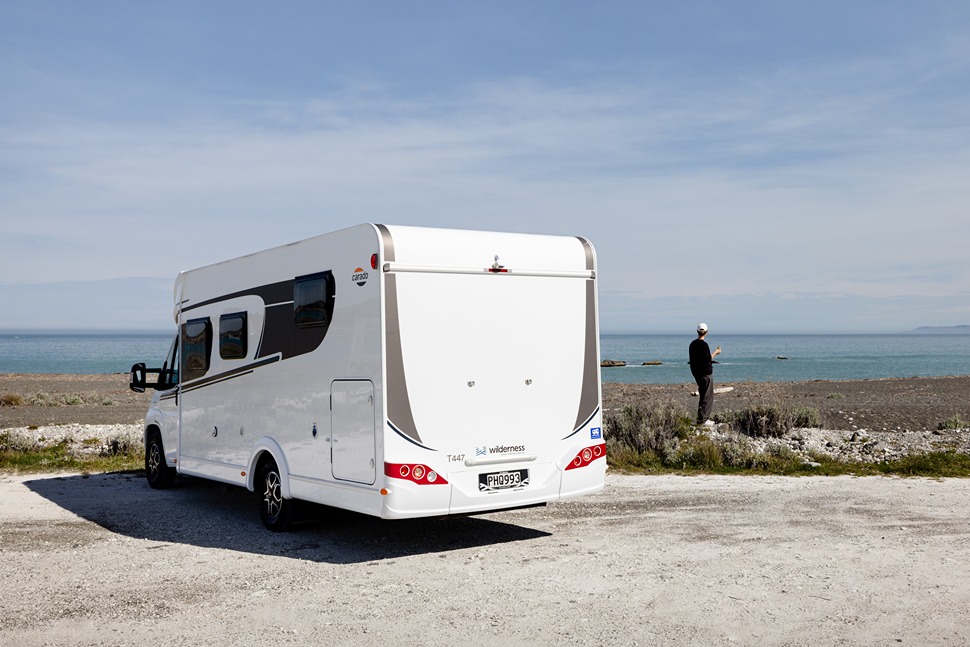
Depreciation is simply the process of losing value over time. It’s the reduction in an asset’s worth caused by normal wear and tear.
Depreciation occurs with most vehicles (classic or collector cars being the exception) and motorhomes are no different. It begins as soon as you drive your brand-new campervan or motorhome out of the sales yard.
If you’re still weighing up whether to buy or not, read our blog about comparing the costs of buying versus renting a motorhome.
|
Why is depreciation considered a hidden cost Unlike when paying the bill for your motorhome’s maintenance, tyres or fuel, you don’t see the cost of depreciation until it comes time for you to sell. |
Factors affecting motorhome and campervan depreciation
Vehicle depreciation is the largest factor contributing to any new motorhome’s ownership costs. The natural process of wear and tear is something that affects the rate of depreciation — but there are plenty of others.
Purchasing new
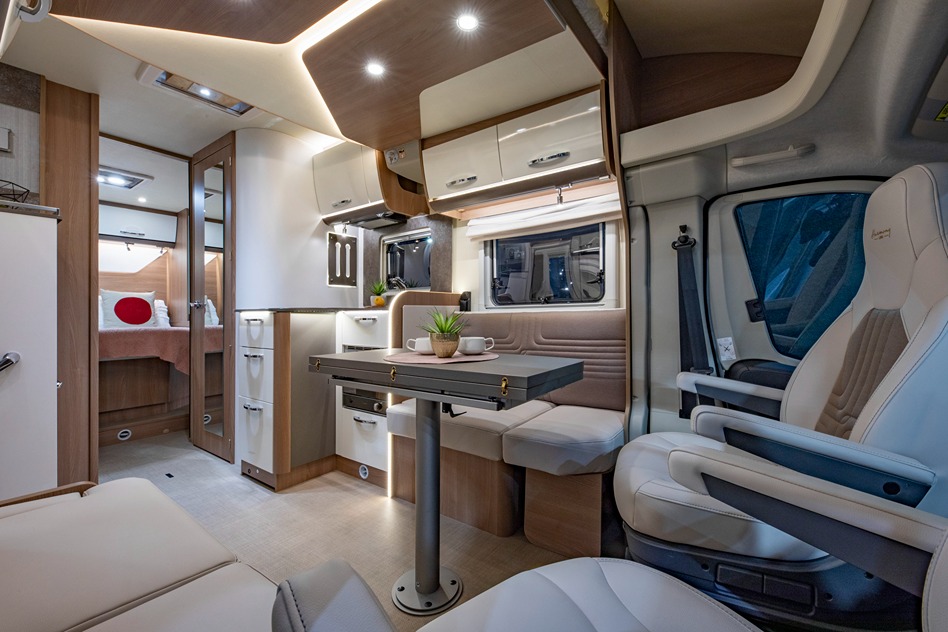
It’s important to note that buying a new motorhome and simply driving it out the gate of the dealership results in a loss in value. Once you hit the road, the motorhome isn’t new anymore and it depreciates a little — even without any wear and tear.
Age, usage and care
The rate of depreciation of a motorhome or campervan highly depends on how much it's been used over its lifetime and how well it's been looked after. Higher mileage typically leads to a larger amount of depreciation.
For instance, a privately-owned motorhome will have likely depreciated less than the same model in a rental fleet — over the same period of time. This is due to it being used less often than the hire vehicle.
However, the now ex-rental will come with a few benefits, including a:
- Lower purchase price — reflecting the relatively higher rate of depreciation
- History of timely maintenance — particularly if the motorhome is a premium brand with an excellent reputation.
Brand reputation and perception
A premium motorhome brand will likely depreciate slower than a lesser-known brand with a history of issues. Sometimes, even a specific model that has a strong presence in the market, or a desirable layout or features, will better hold its value.
The quality of the cab chassis
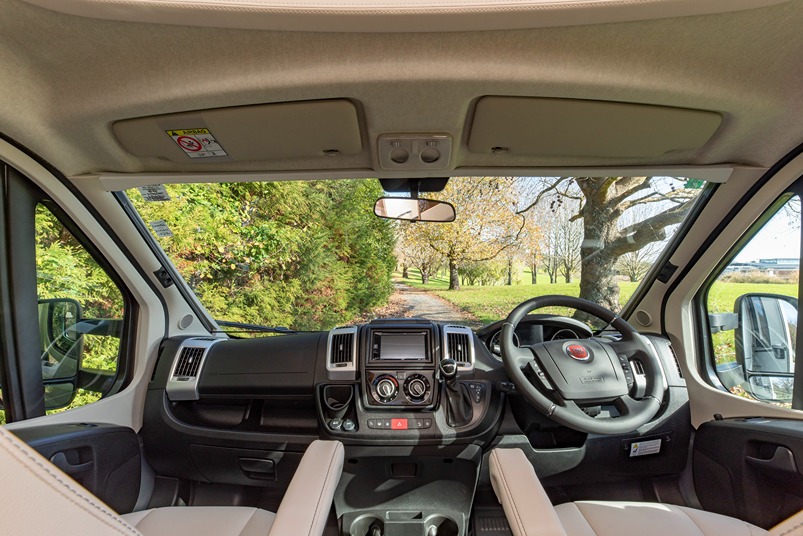
The specific manufacturer and model play a significant role in the quality and longevity of the cab chassis of recreational vehicles.
Motorhomes from Europe and Japan have traditionally been seen as the leaders in motorhome and campervan chassis quality and reliability. Brands like Fiat, Mercedes-Benz and Toyota are highly regarded.
Chinese-manufactured cab chassis have recently entered the market. Although motorhomes built on these cab chassis may be cheaper initially, they generally depreciate faster than European and Japanese models. This is because Chinese-manufactured models are perceived as being less reliable and of a lower quality.
In reality, the quality and value retention of motorhomes built on Chinese-manufactured chassis aren’t yet established.
See our buyers’ guide to motorhome chassis and construction to find out why they’re key to an RV’s overall quality.
Market events
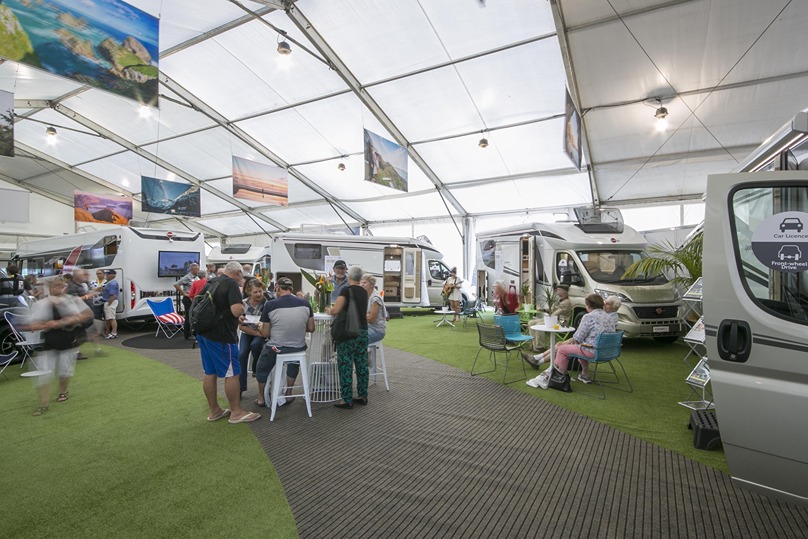
Every now and then, external factors like market events, economic downturns or fuel price fluctuations can impact the supply and demand for RVs — changing the depreciation cycle.
The jump in demand for motorhomes while New Zealand’s borders were closed between 2020 and 2022 had a positive impact on depreciation rates for motorhome owners. Supply was also constrained with fewer new motorhomes coming onto the market.
To sum up, the increase in motorhome resale values was triggered by excess demand and tightened supply during that time.
|
Market growth in the early 2010s The volume of motorhomes being imported into New Zealand increased considerably in the early 2010s. As a result, the total number of motorhomes in the market grew — which had a detrimental effect on depreciation rates of locally-built motorhomes. |
Aftermarket accessories
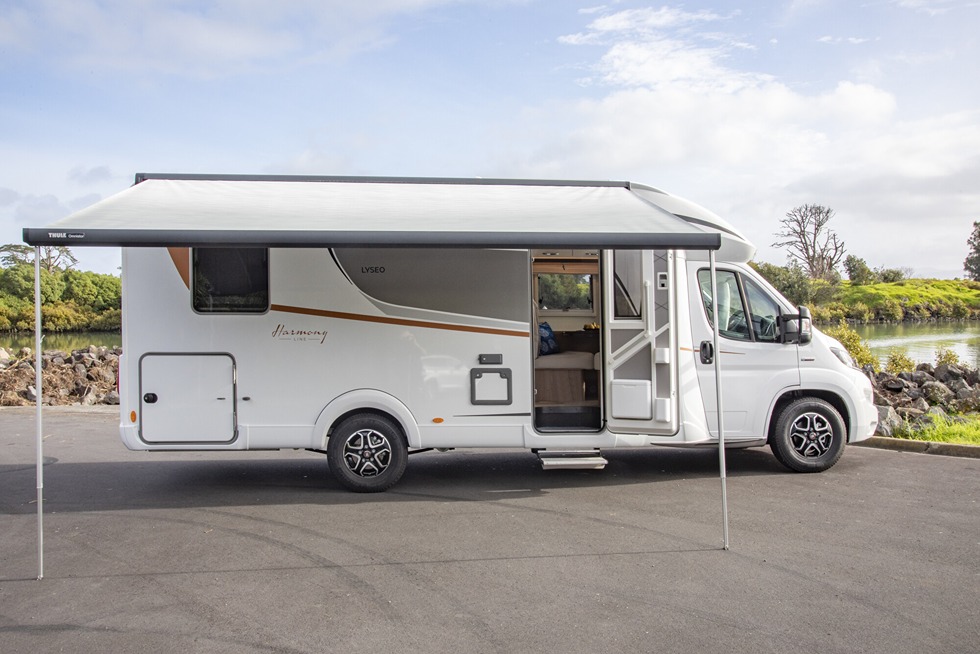
One of the joys of purchasing a new motorhome is kitting it out with a bunch of new toys like an awning, satellite and solar panels. The aftermarket accessories you choose, and how you fit them, can have a bearing on your motorhome’s resale value.
Installing accessories of a lower spec or fitting an extra light or shelf DIY-style can have a negative impact on depreciation — and on your RV’s appearance. That’s especially true with newer motorhomes where it’s better financially over the long term to install high-quality accessories.
Use our motorhome cost of ownership calculator to get an accurate figure of the total cost you’ll need to pay over your first five years.
|
How to work out depreciation Determining an asset’s cost of depreciation over the time you own it can be done using the:
The depreciation of motorhomes is usually calculated using the diminishing value method. This is the chosen method because it better reflects actual wear and tear, and the loss of value over time. Motorhome depreciation may be worked out by:
|
How to calculate depreciation on your motorhome

The good news is that the motorhome depreciation rate isn’t nearly as substantial as depreciation on other vehicles, like cars for instance.
During the early 2020s, there was an imbalance between supply and demand of RVs in New Zealand — largely due to the supply shortfall during the pandemic. Motorhome demand also rose with New Zealanders unable to spend their leisure dollar travelling overseas and instead directing it into domestic travel, like motorhome adventures.
That trend has changed with the reopening of New Zealand’s borders and the return of international travel.
|
We saw a huge shift in the market during the pandemic which fundamentally altered the supply-demand dynamic — driving prices up as Kiwis lined up to purchase the dwindling supply of motorhomes available. Waiting lists stretched out for months as purchasers lined up for the smaller number of motorhomes being shipped. Mary Hamilton — Wilderness Motorhomes’ director explaining the change in the motorhome market in 2022 |
Following a recent correction in the market, the supply-demand gap has closed somewhat — with supply increasing and demand dropping.
On average, you can expect between ten and 15 percent depreciation (depending on the make and model) during your first year of owning a new motorhome. Depreciation for each subsequent year works out at around eight percent.
It’s also important to note that the annual amount of depreciation slows over time. The longer you own your motorhome, the less it will depreciate each year.
Enter the purchase price of the motorhome that interests you into our motorhome depreciation calculator. The tool will automatically figure out the first eight years of depreciation — using the above assumptions.
How to slow your motorhome’s rate of depreciation
As a motorhome owner, there are some depreciation factors that are simply beyond your control — like economic conditions, market forces and technological advancements. Nevertheless, you can still proactively do a few things to lessen your depreciation expense.
Protect your RV from the weather
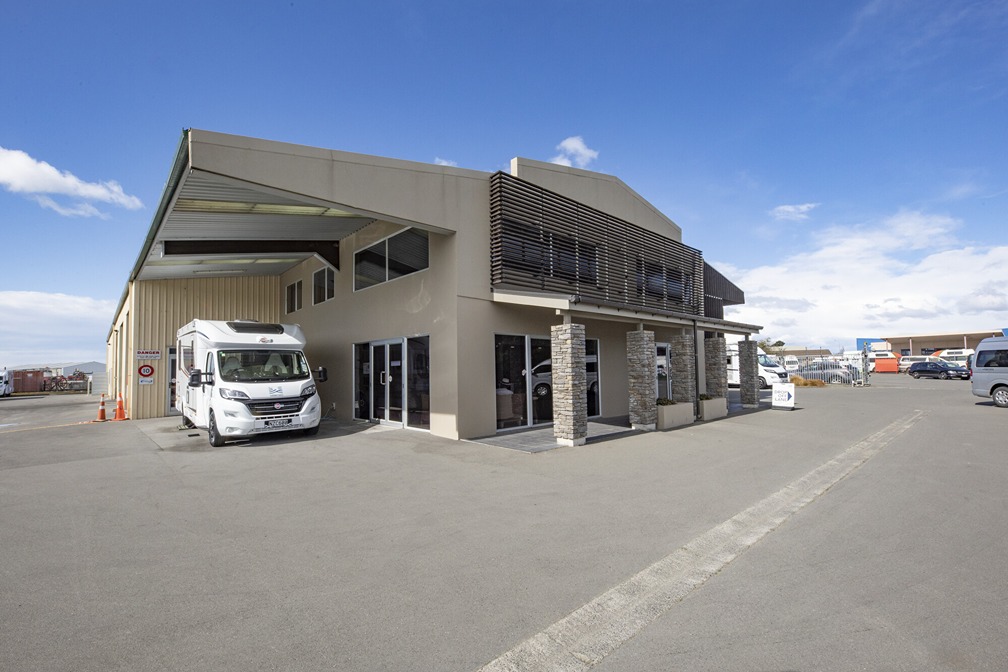
It’s increasingly important to limit your motorhome’s exposure to the effects of UV sunlight and extreme weather conditions like hail storms and thunderstorms.
When you’re not out holidaying around the country, plan to keep your motorhome under cover. Look for a breathable, UV-stabilised fabric with vents and a tough fastening system. Or secure it under the cover of a secure garage, carport or storage facility.
Learn about the best ways to store your motorhome.
Maintain your motorhome meticulously
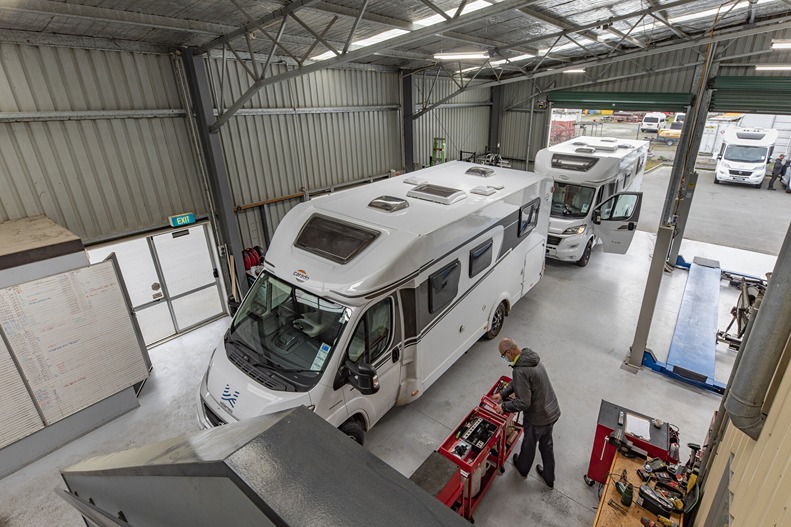
Routine maintenance is a necessary task for any significant asset — and that’s certainly the case with your recreational vehicle. Take good care of your motorhome by:
- Scheduling maintenance checks with your mechanic
- Getting your annual water tightness test done — by an approved agent
- Keeping detailed service records.
Water tightness testing is something that should be done regularly with records of the tests lodged with the manufacturer. This is important for maintaining your motorhome’s water tightness warranty and will be, in most cases, a requirement if you need to make a claim.
Confidently waving your up-to-date service book in front of prospective buyers when it comes time to onsell your motorhome will prove that it’s been well cared for.
Check out our summer, winter and spring maintenance blogs for advice and downloadable checklists for keeping on top of annual tasks.
Refurbish your motorhome
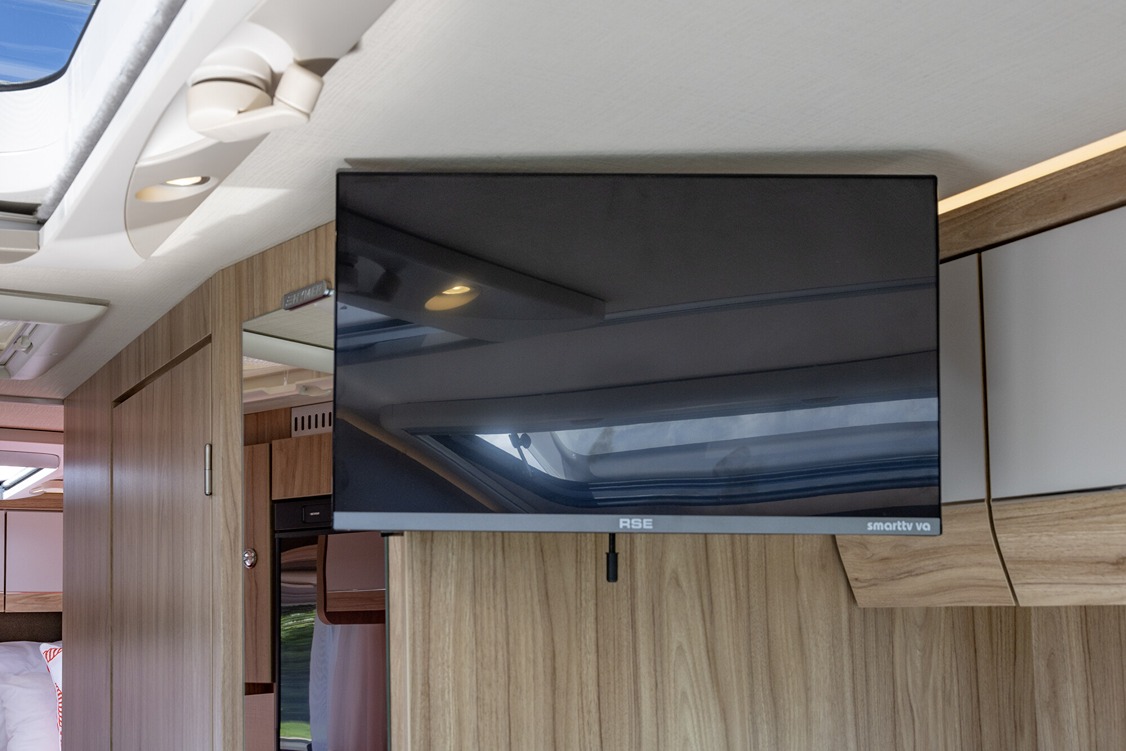
One way you can retain value is by refurbishing parts of your RV. You may decide to:
- Change the upholstery
- Update your curtains
- Upgrade old appliances
- Install a new entertainment system.
Depreciation may be a fact of life but there are ways that you can slow it — like diligently maintaining, servicing, protecting and even refurbishing your motorhome.
Use our motorhome depreciation calculator to estimate how much your potential new motorhome will depreciate over the next eight years.


